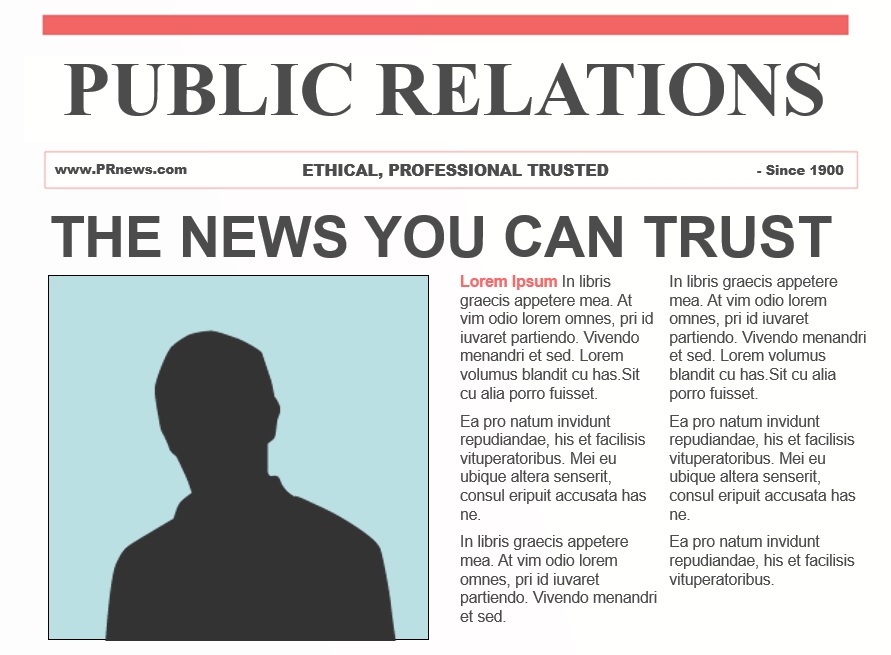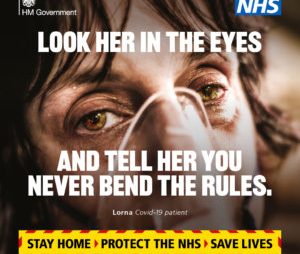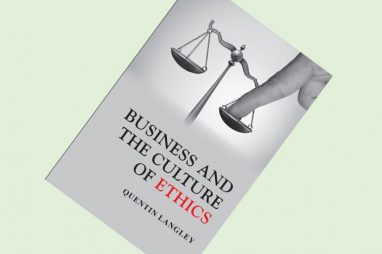Everyday ethics: who’s responsible for fake news?
April Fool’s Day stunts may be good for publicity, but are they ethical?
We’ve changed from a news environment mediated by journalists to one mediated by algorithms
It means public relations shedding its cloak of invisiblility and operating in public – and with the public interest in mind.




